
Here's a simple way to determine your skin type in 10 minutes
understanding your skin type is perhaps the first step towards a successful skin care routine, if we define "successful" as being able to treat your skin issues. after all, products can deliver you the maximum benefit only if you are treating the problem at its root. before i share with you how i typically decide what product i'll use (or what products i'll purchase for my mom, or how i arrive at suggestions for people who trust me enough to ask me for advice), let's get the definitions right.
it always irks me when i see the term "normal/combination" skin, because i understand that normal skin is a mixture of oily skin and normal skin. the addition of the word "combination" to me then becomes redundant.
in this entry below, i'll refer to normal/combination skin as normal skin, while combination means a combination of two deviations - too dry and too oily.
THE TWO ZONES ON OUR FACE
focusing on just the face alone, there are two regions - the sebaceous-gland-rich zone, and the non-sebaceous-gland-rich zone. because our skin is not uniform in terms of sebaceous gland density, it's not surprising to find at least 2 adjective when describing the state of your skin. hence, all skin types to me are a combination of dryness and oiliness. but it'll be pointless if we named all the skin types as "combination", right?
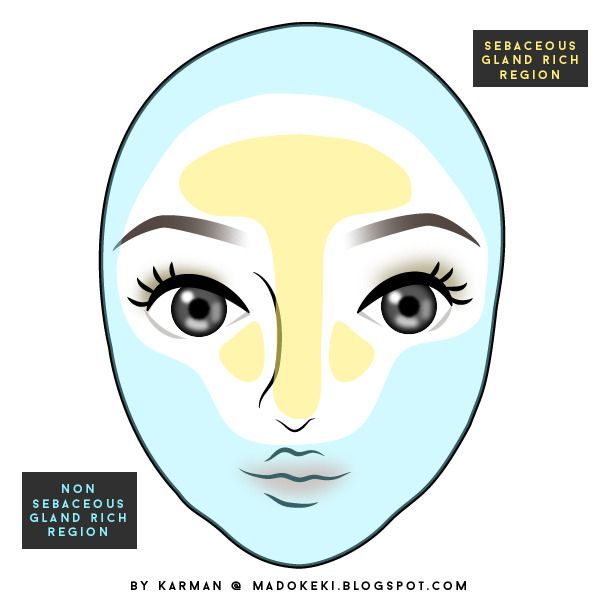
SEBACEOUS-GLAND RICH ZONE (YELLOW REGION)
the sebaceous-gland-rich zones on the face are typically the forehead, nose (which we so conveniently call the T zone), as well as the inner cheeks. these are the areas that tend to produce more sebum NATURALLY, whether you have dry or oily skin. it's just the way our body is made to be.
interestingly, other parts of sebaceous-gland-rich zones include the back, the chest, and scalp. if you haven't noticed already, most acne occurs on these "fertile lands".
NON-SEBACEOUS GLAND RICH ZONE (BLUE REGION)
well, it's just the other areas that aren't rich in sebaceous glands! namely, the cheeks and the circumference of the face.
DIFFERENT SKIN TYPES, ILLUSTRATED
so what does it mean to have dry, normal(combination), or oily skin? since our actual skin type will almost always be a combination of two scenarios - slightly less oily non-sebaceous gland rich zone and a slightly more oily sebaceous-gland rich zone, it seems more convenient to categorize the skin type according to the dryer region, since the T zone will be oily no matter what. i've tried to illustrate the differences below.
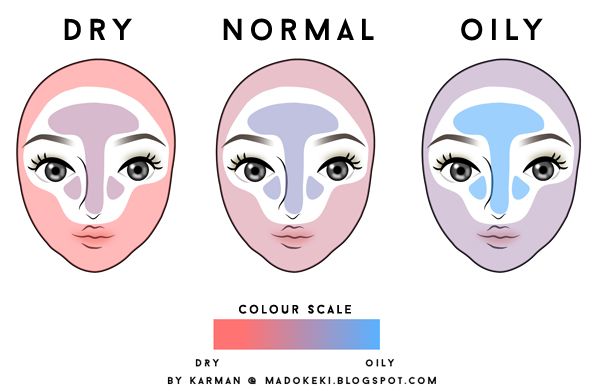
as shown above (everything is drawn by me! :D i earned some bragging rights after spending hours on them hahaha), skin types are actually a combination of at least two states of the skin, which ranges from dry to oily. this is a very simplistic illustration because our gland distribution and density isn't that clear cut in reality.
how do you know which skin type you belong to? a good rule of thumb i've come across is as follow:
1. you have DRY SKIN if your cheeks feel tight, dry or itchy within 10 minutes after washing your face with just water. if you used soap/cleanser and experience the same effects, i'd recommend washing your face with just water alone and see how your cheeks feel. this is because soap/cleanser will dry out your skin, rendering this experiment null. also, if you already have such symptoms, it's best to lay off the soap, or change to one that doesn't contain any harsh chemicals that will strip away too much oils.
2. you have NORMAL SKIN if after washing your face with soap or water, your cheeks doesn't feel anything more than just a slight tightening (around the cheek area if you used soap) or cooling effect. your T zone secretes just enough sebum - it's not overly dry or oily.
3. you most likely have OILY SKIN if your T zone and/or cheeks start oozing sebum within 10 minutes of washing your face (with either soap, or water), making you shiny or greasy all over.
4. you have DRY AND OILY SKIN if you've used soap/cleanser on your face, and your T zone starts oozing sebum while your cheeks dry up like a raisin. YES, this is possible, because your skin is so dehydrated!
while this is a rather simplistic way to determine your skin type, it's a good start to begin your exploration journey in the world of skin care. it's just a rule of thumb anyway!
SKIN TYPE CHANGES, JUST LIKE EVERYTHING IN LIFE
our skin type changes from time to time, especially if you're a girl experiencing hormonal fluctuations monthly! our hormonal changes will affect sebum production as well as other immunological responses (that's why some people experience more acne/sensitivity prior to their period). the best way to look at our skin care routine is to view it as a dynamic system that requires constant tweaking so as to return it to the optimum condition you desire. don't forget, our skin is breathing and alive!
i regard dealing with skin issue as "a return to the optimal condition" because i truly believe that everyone was born with normal skin. it's everything that we do (or it could be things we fail to do) that led to the deviation of healthy skin. of course, this belief excludes genetically defective disorders that made the skin unsuitable to perform its function well in this environment we're born into.
knowing your skin type is winning half the battle. the other half depends on finding the right products to achieve your needs/wants, which i'll write about in the next entry.
so, have you determined your skin type yet? going by the industry's terminology, i have normal/combination skin. i don't remember having particularly oily T zone growing up. in fact, my T zone have gotten considerably more oily in the past year. it may be because of my changing body/skin type, or it could be because i started washing my face with a cleanser more frequently. growing up, all i used was water.





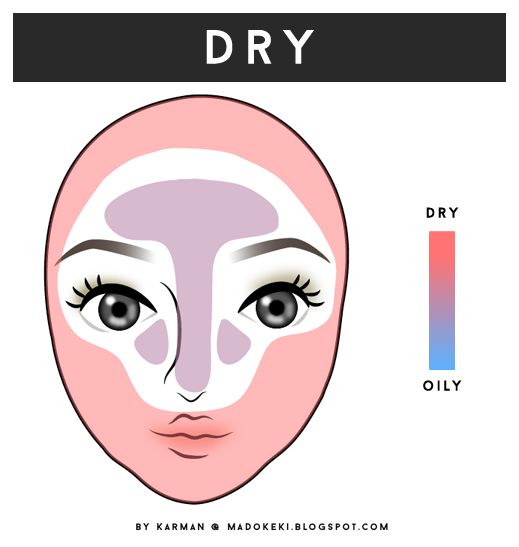
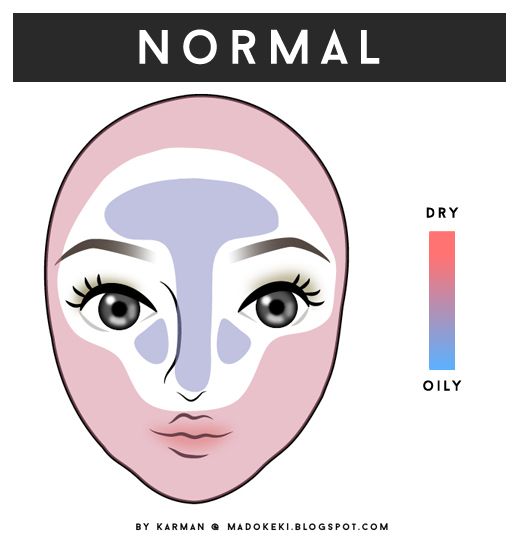
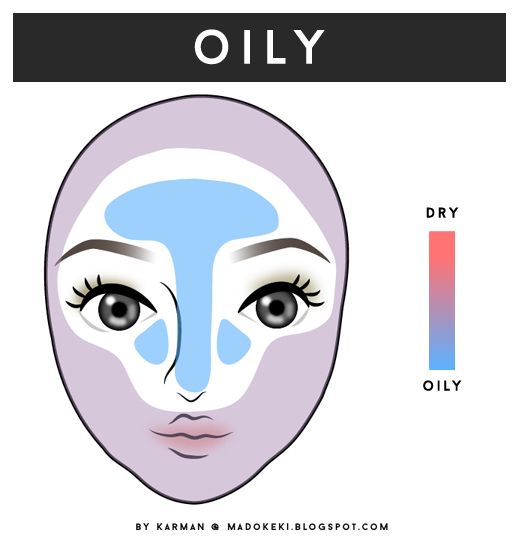
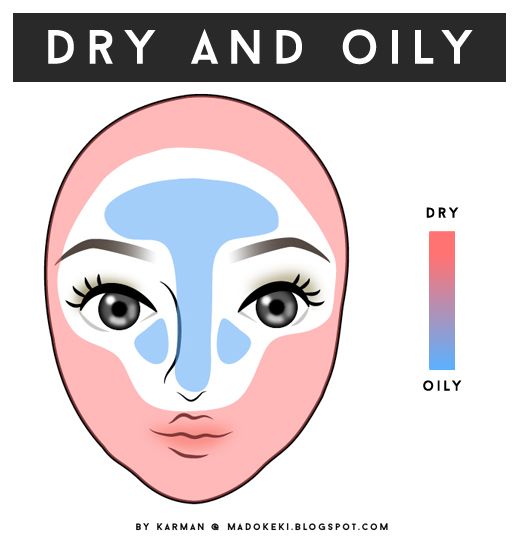












No comments:
Post a Comment